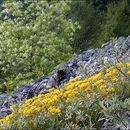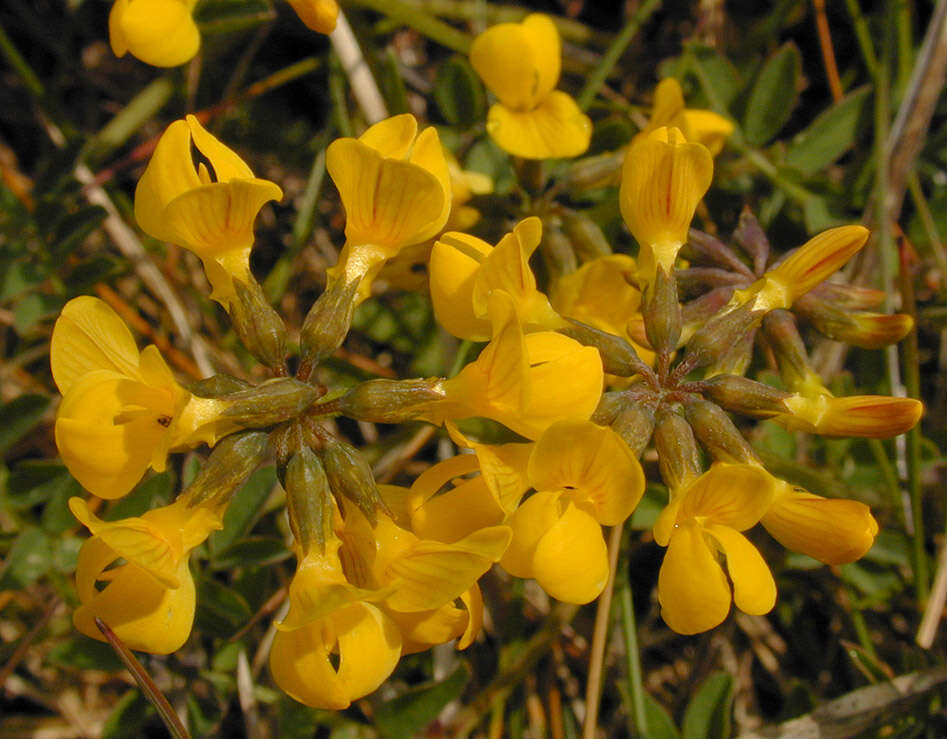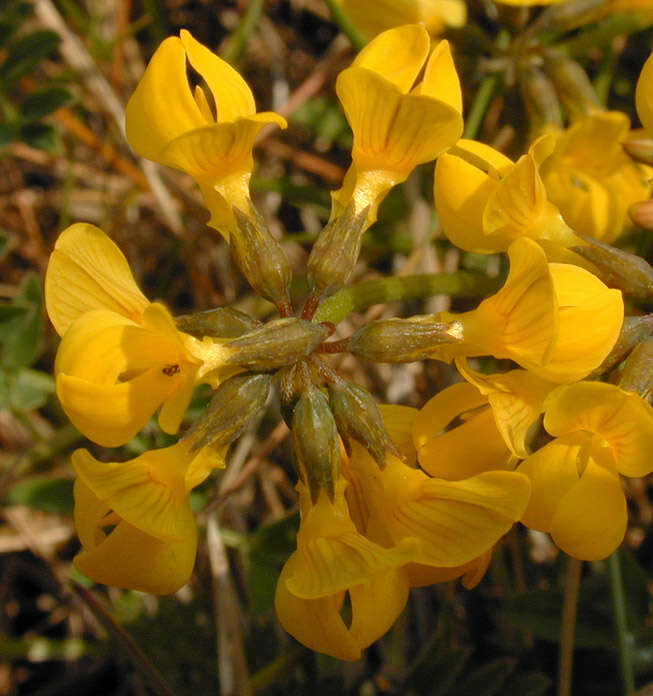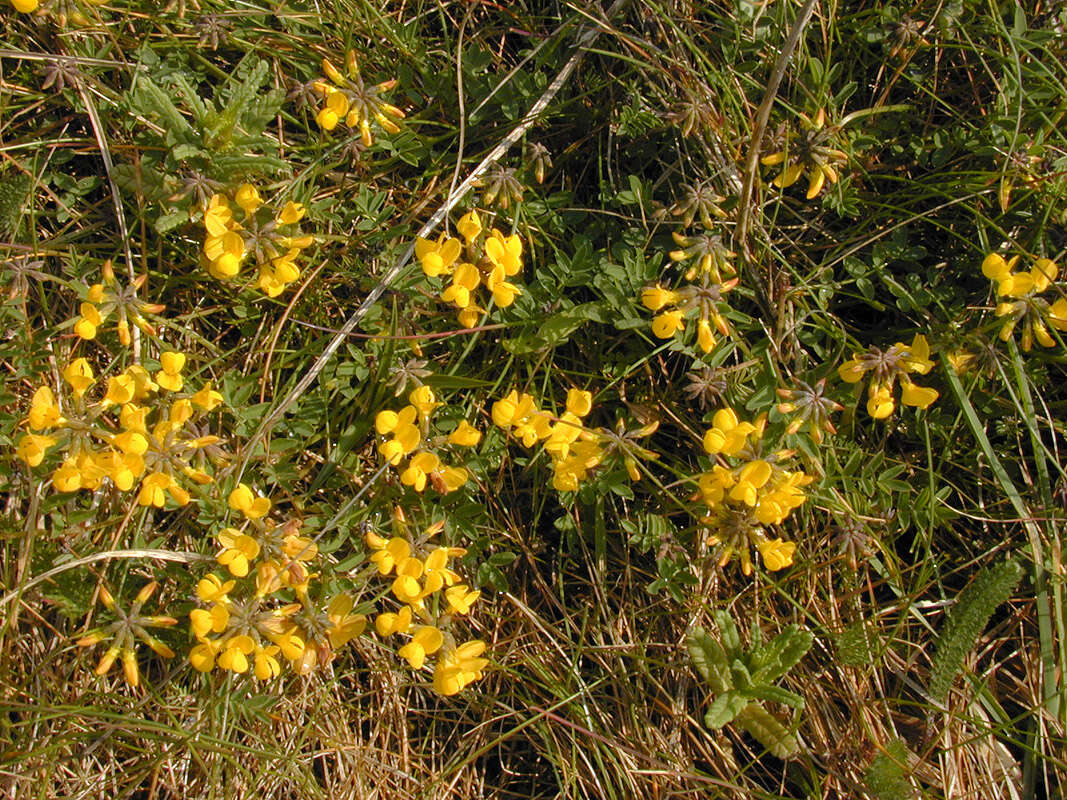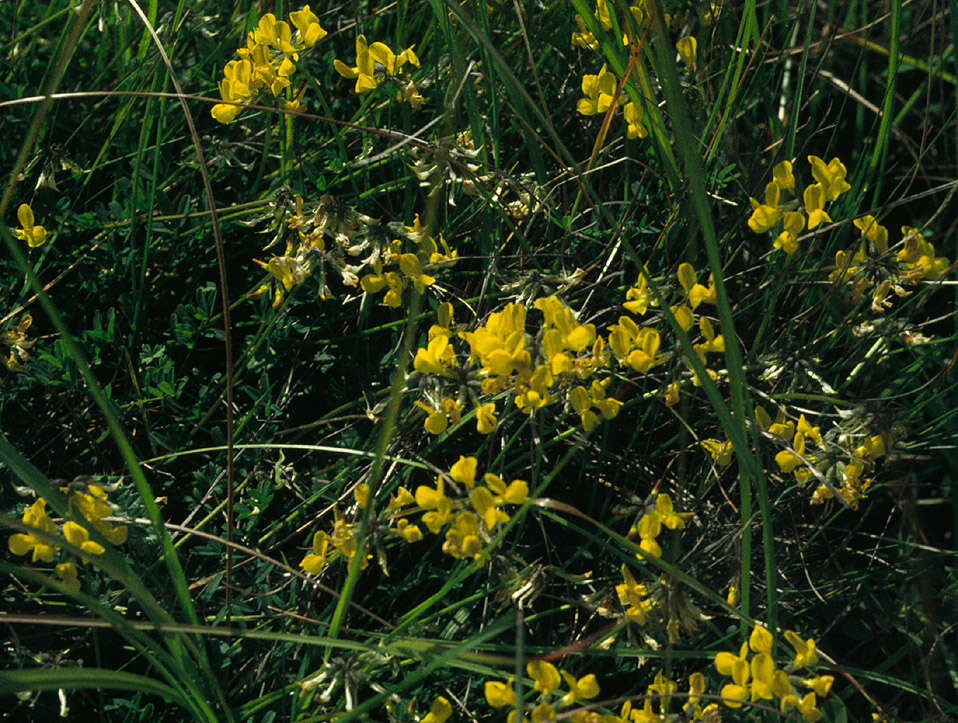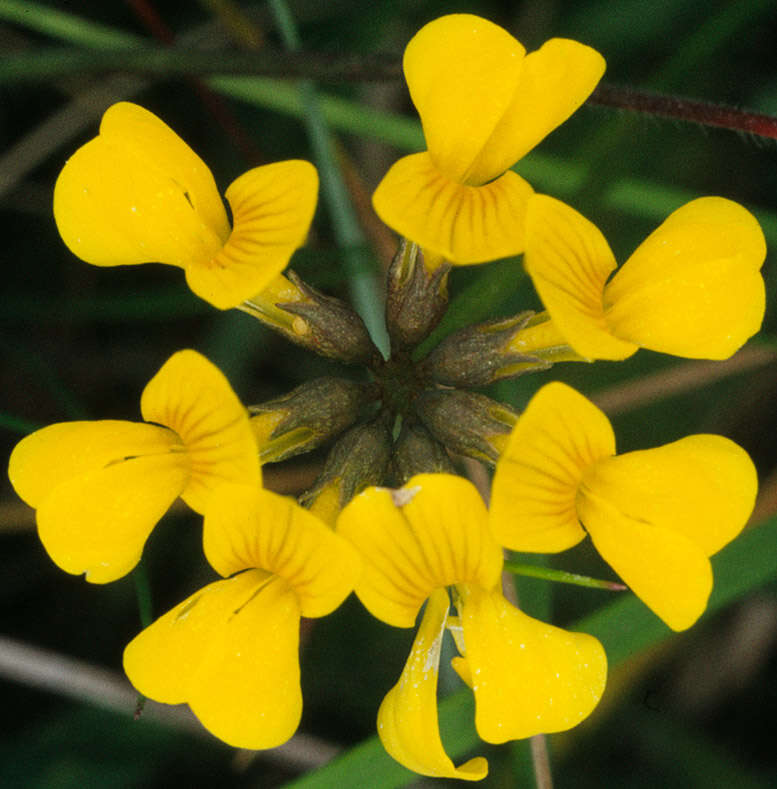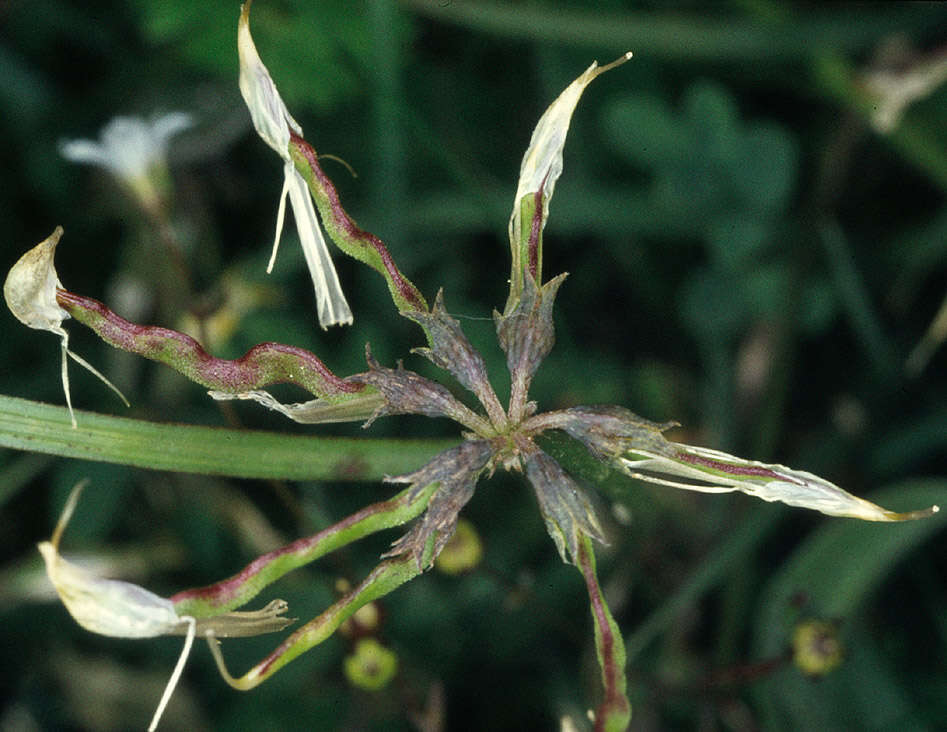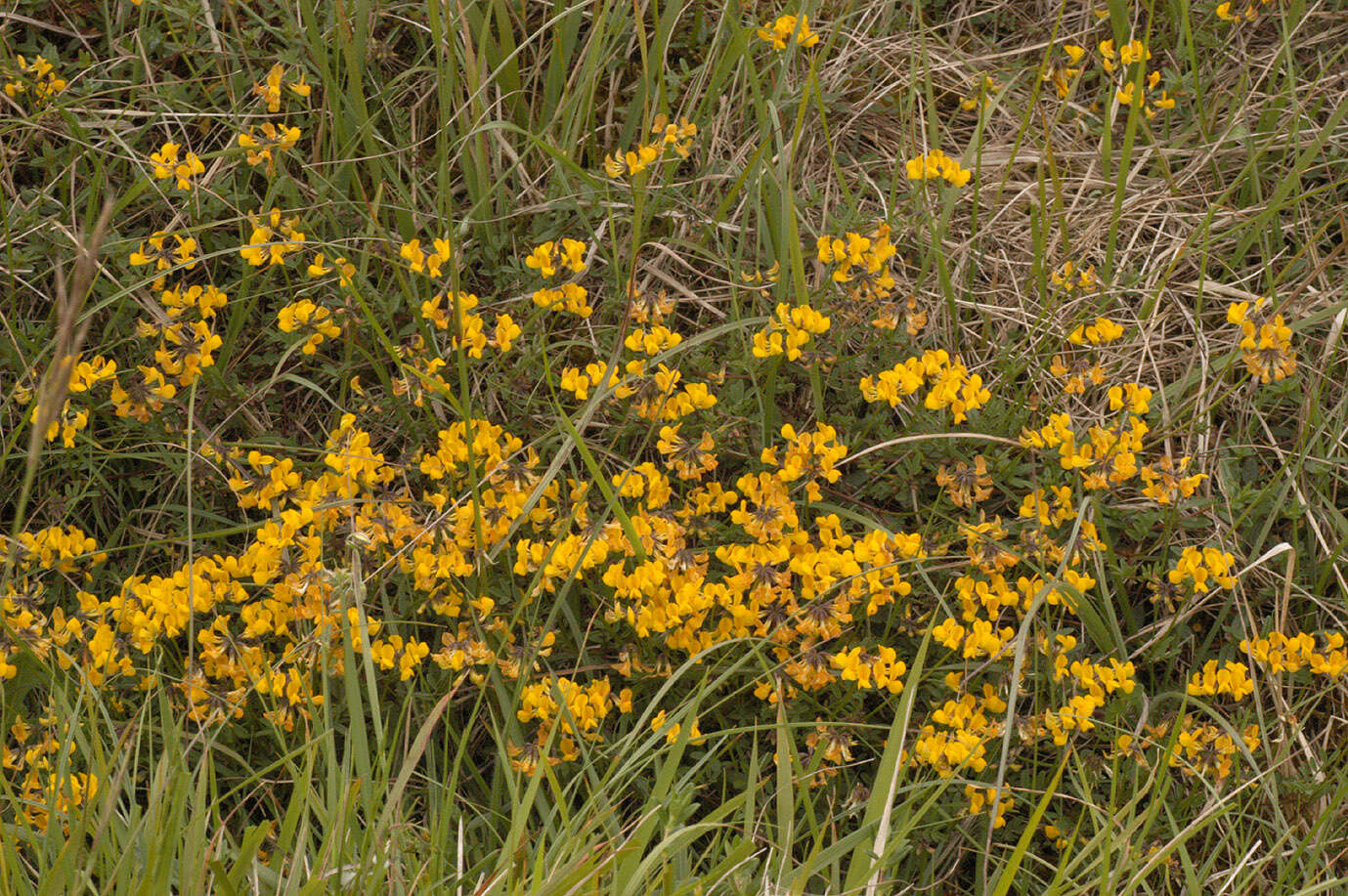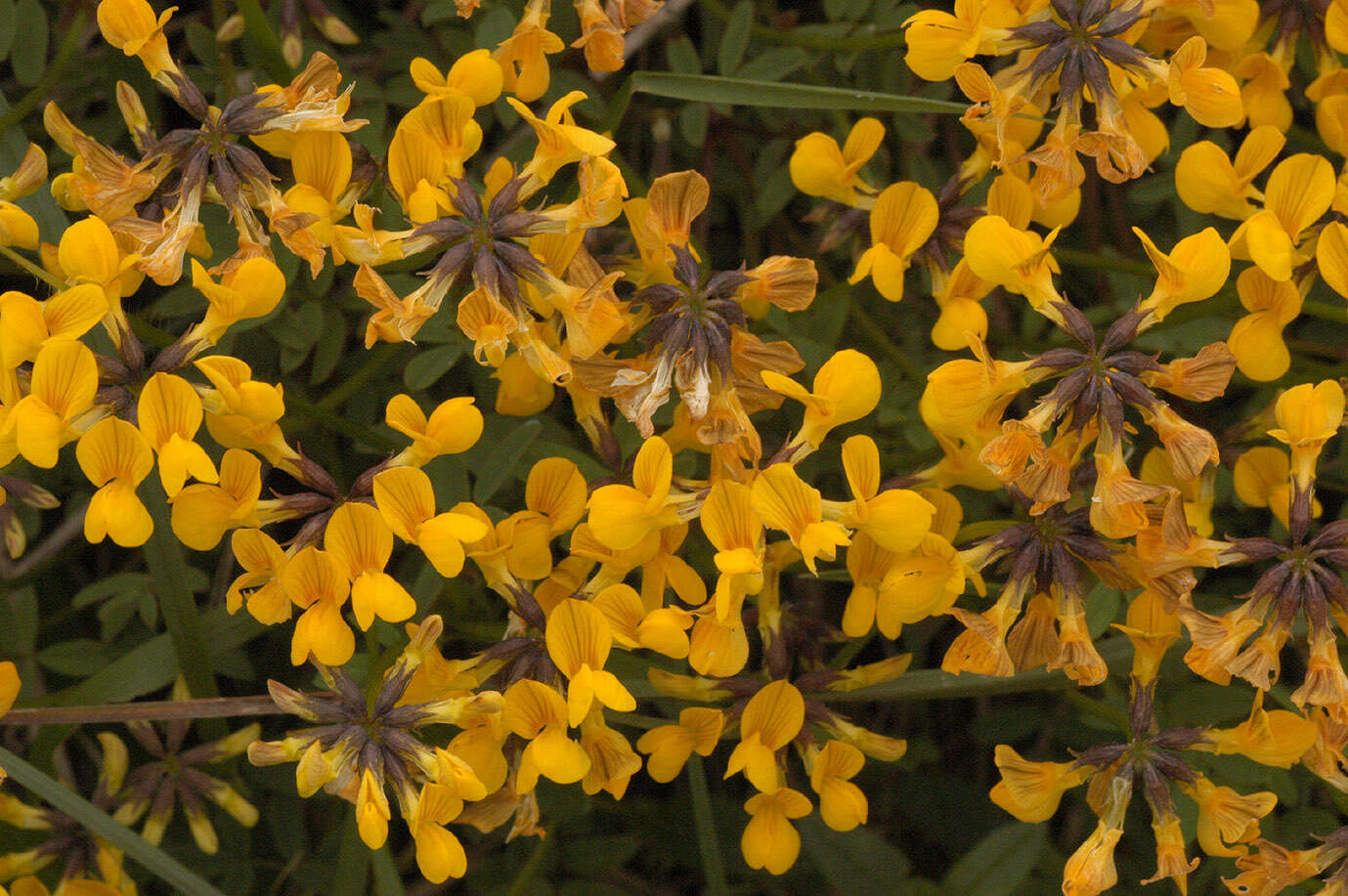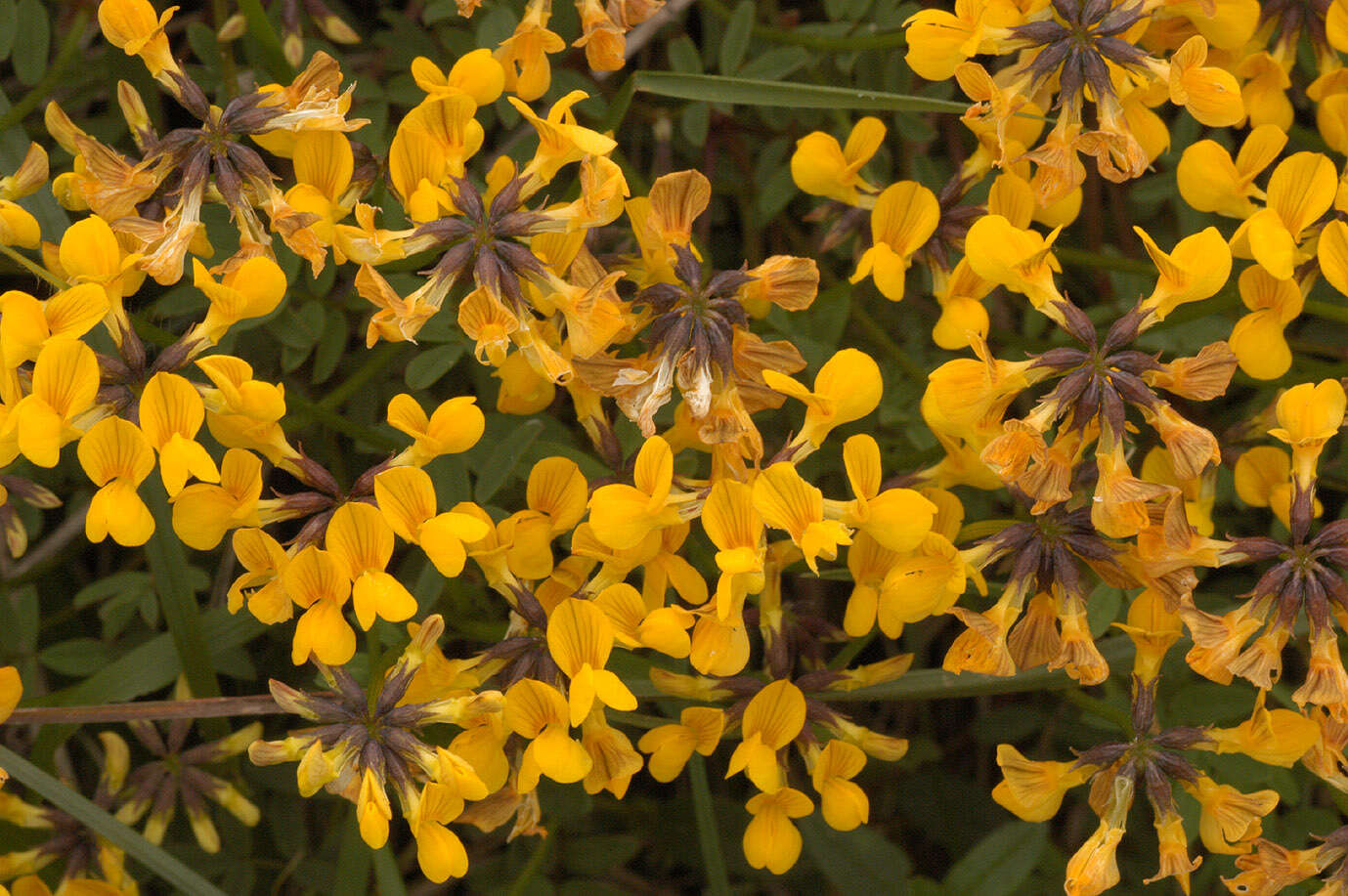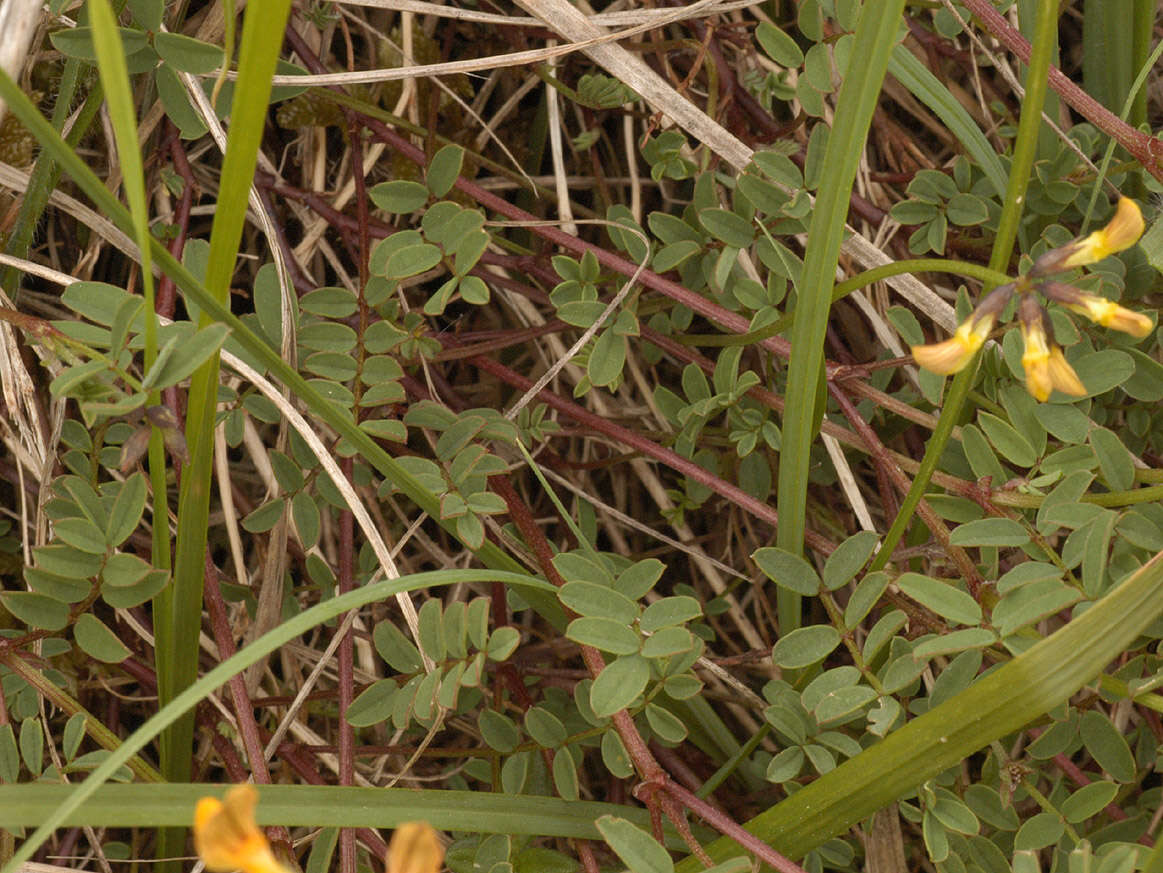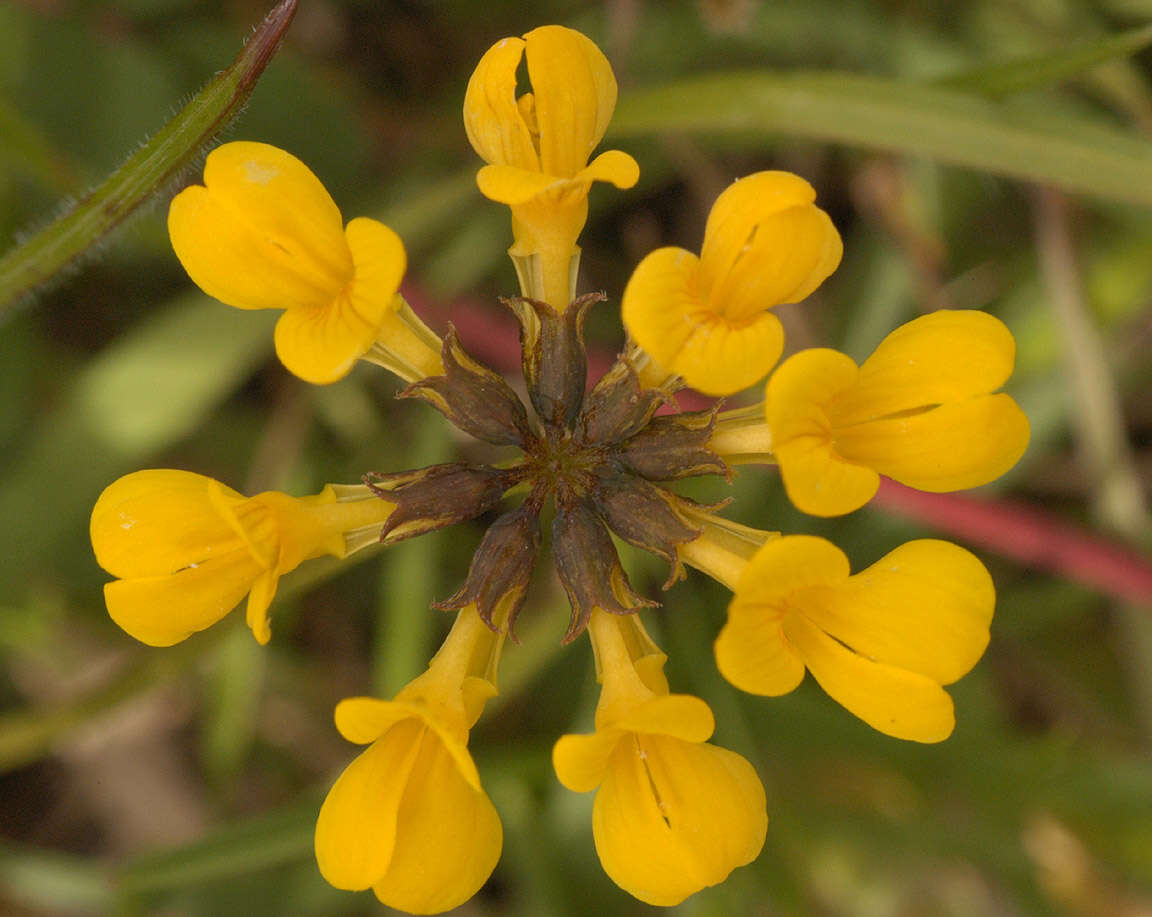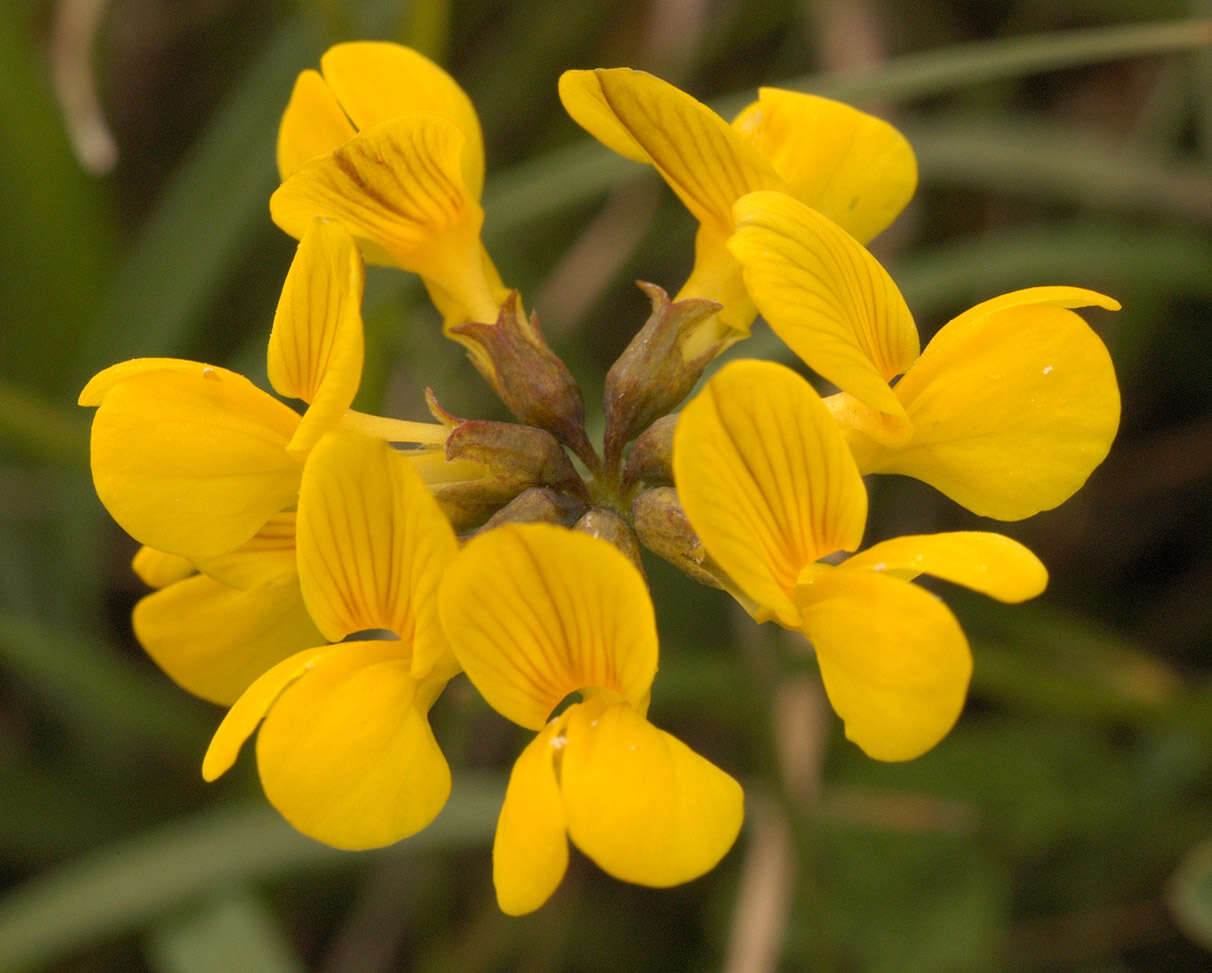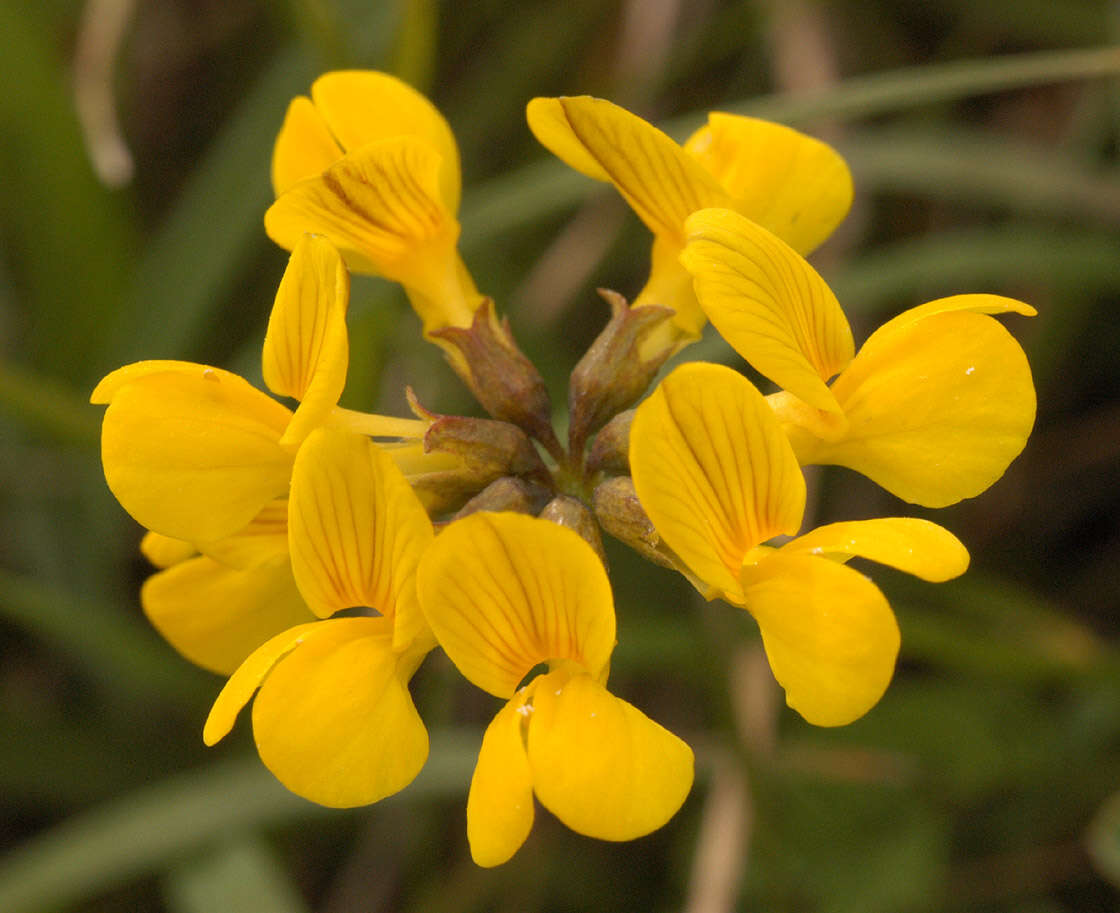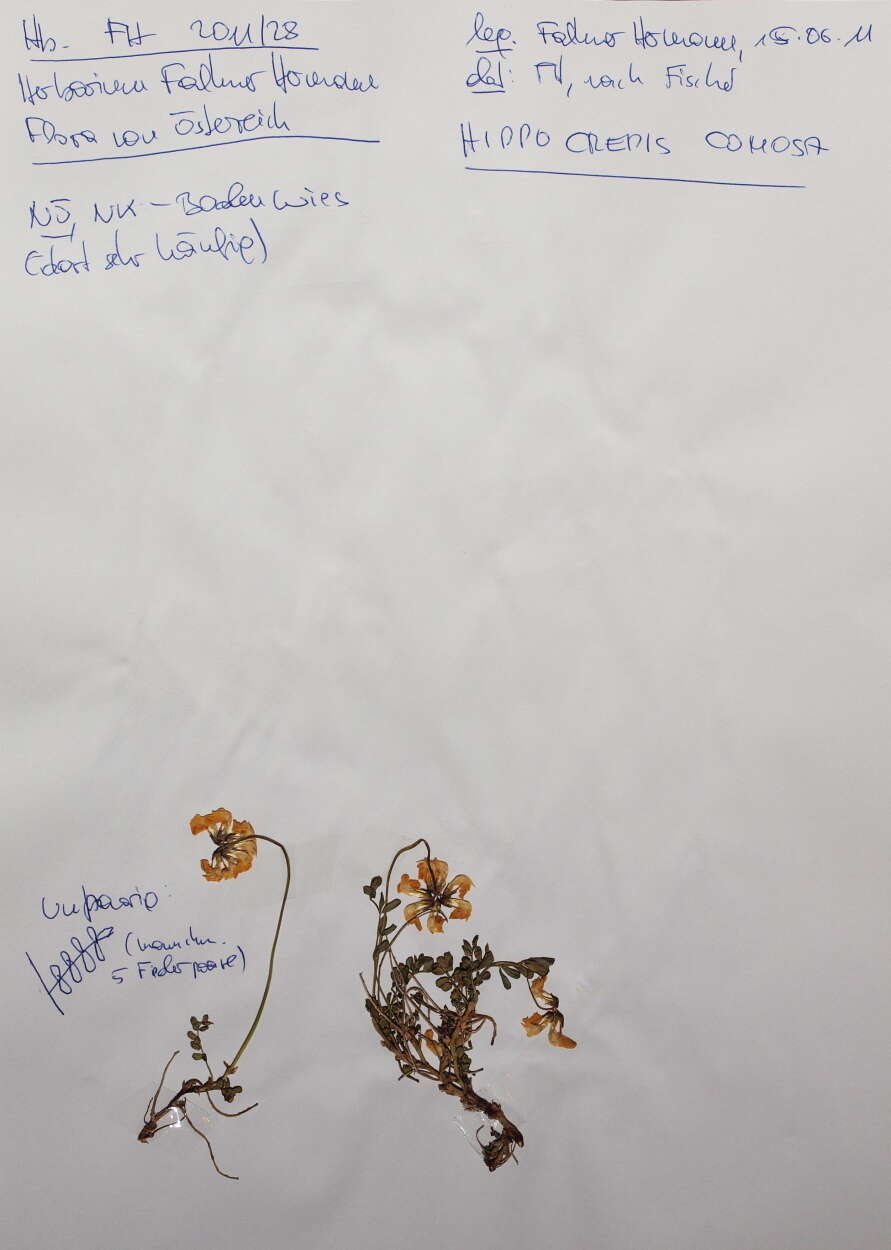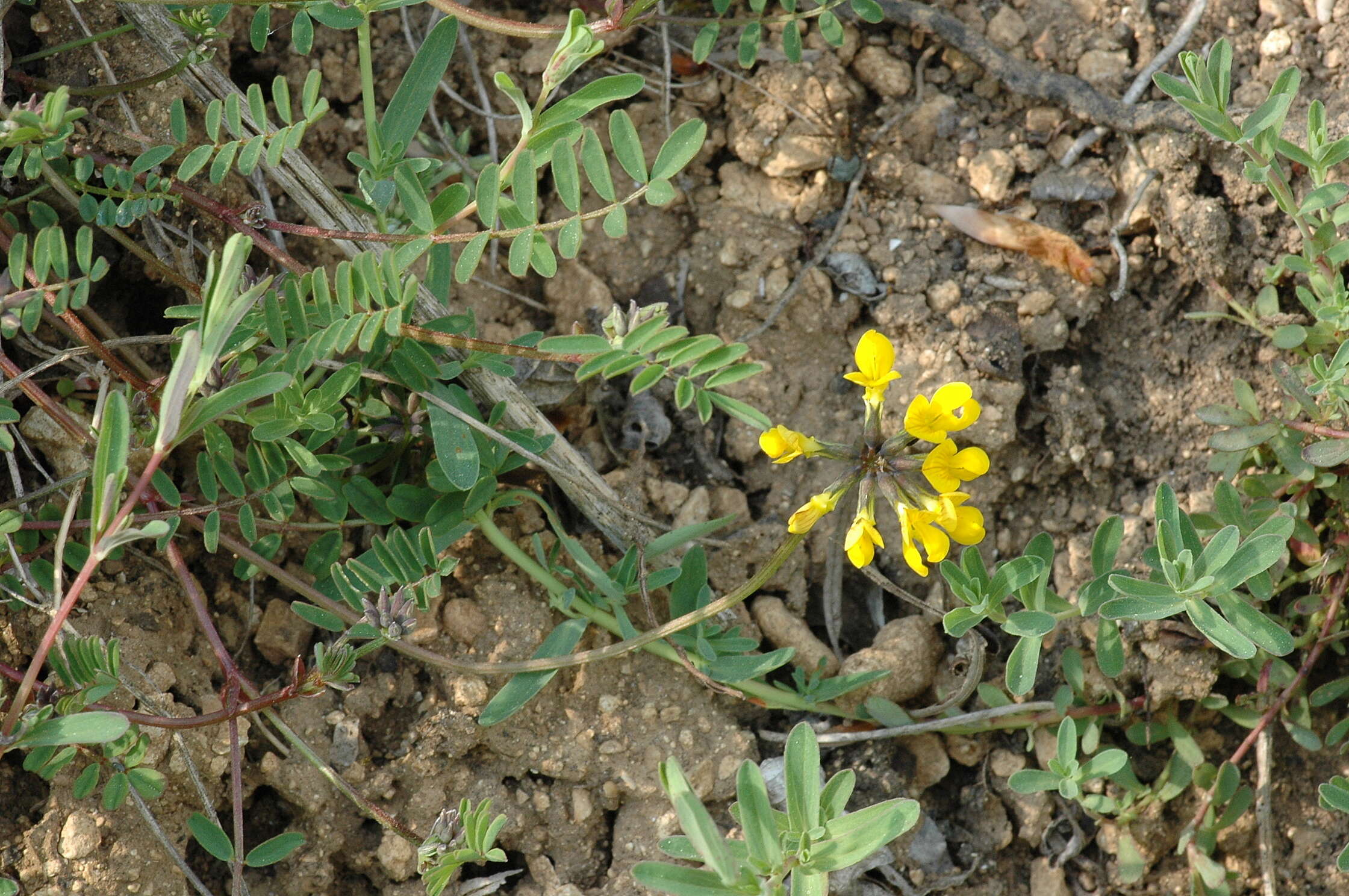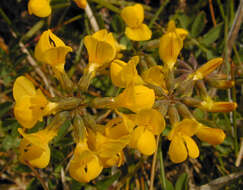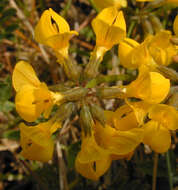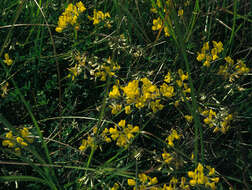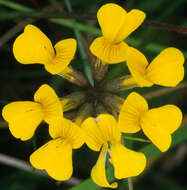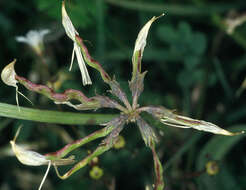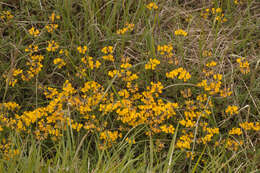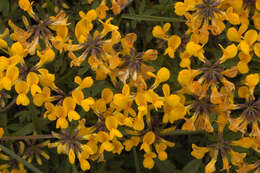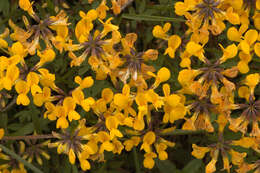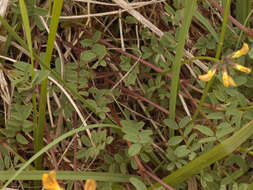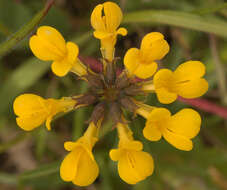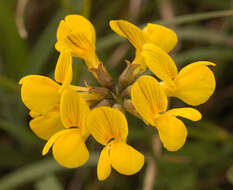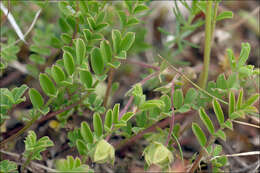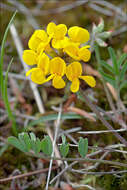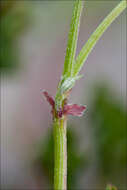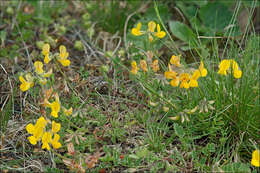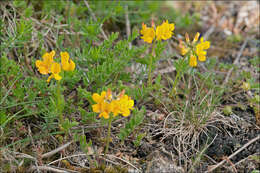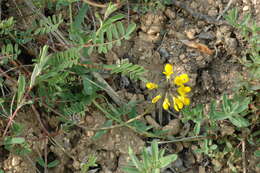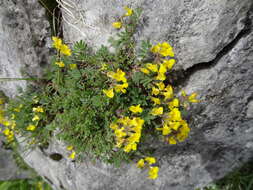-
Longitude (deg): -2.4. Latitude (deg): 50.5. Longitude (deg/min): 2° 30' W. Latitude (deg/min): 50° 30' N. Vice county name: Dorset. Vice county no.: 9. Country: England. Stage: Plant. Identified by: Malcolm Storey. Category: standard photograph or close-up. Photographic equipment used: Nikon Coolpix 950.
-
Longitude (deg): -2.4. Latitude (deg): 50.5. Longitude (deg/min): 2° 30' W. Latitude (deg/min): 50° 30' N. Vice county name: Dorset. Vice county no.: 9. Country: England. Stage: Plant. Identified by: Malcolm Storey. Category: standard photograph or close-up. Photographic equipment used: Nikon Coolpix 950.
-
Longitude (deg): -2.4. Latitude (deg): 50.5. Longitude (deg/min): 2° 30' W. Latitude (deg/min): 50° 30' N. Vice county name: Dorset. Vice county no.: 9. Country: England. Stage: Plant. Identified by: Malcolm Storey. Category: standard photograph or close-up. Photographic equipment used: Nikon Coolpix 950.
-
Longitude (deg): -0.1. Latitude (deg): 50.8. Longitude (deg/min): 0° 10' W. Latitude (deg/min): 50° 50' N. Vice county name: East Sussex. Vice county no.: 14. Country: England. Stage: Plant. Identified by: Malcolm Storey. Category: standard photograph or close-up. Photographic equipment used: "35mm transparencies (on a variety of films, but Agfa CT18 in the 1960's to early 1980's followed by Fujichrome in the late 1980's.) Transparencies scanned with Minolta Dimage Scan Dual II AF-2820U transparency scanner.".
-
Longitude (deg): -0.1. Latitude (deg): 50.8. Longitude (deg/min): 0° 10' W. Latitude (deg/min): 50° 50' N. Vice county name: East Sussex. Vice county no.: 14. Country: England. Stage: Plant. Identified by: Malcolm Storey. Category: macro-photograph. Image scaling: enlarged. Photographic equipment used: "35mm transparencies (on a variety of films, but Agfa CT18 in the 1960's to early 1980's followed by Fujichrome in the late 1980's.) Transparencies scanned with Minolta Dimage Scan Dual II AF-2820U transparency scanner.".
-
Longitude (deg): -0.1. Latitude (deg): 50.8. Longitude (deg/min): 0° 10' W. Latitude (deg/min): 50° 50' N. Vice county name: East Sussex. Vice county no.: 14. Country: England. Stage: Plant. Identified by: Malcolm Storey. Category: macro-photograph. Image scaling: enlarged. Photographic equipment used: "35mm transparencies (on a variety of films, but Agfa CT18 in the 1960's to early 1980's followed by Fujichrome in the late 1980's.) Transparencies scanned with Minolta Dimage Scan Dual II AF-2820U transparency scanner.".
-
Longitude (deg): -2.2. Latitude (deg): 51.7. Longitude (deg/min): 2° 10' W. Latitude (deg/min): 51° 40' N. Vice county name: East Glos. Vice county no.: 33. Country: England. Stage: In flower. Identified by: Malcolm Storey. Category: standard photograph or close-up. Photographic equipment used: Nikon D100 dSLR with Tamron SP T90 AF Macro 1:1 lens.
-
Longitude (deg): -2.2. Latitude (deg): 51.7. Longitude (deg/min): 2° 10' W. Latitude (deg/min): 51° 40' N. Vice county name: East Glos. Vice county no.: 33. Country: England. Stage: In flower. Identified by: Malcolm Storey. Category: standard photograph or close-up. Photographic equipment used: Nikon D100 dSLR with Tamron SP T90 AF Macro 1:1 lens.
-
Longitude (deg): -2.2. Latitude (deg): 51.7. Longitude (deg/min): 2° 10' W. Latitude (deg/min): 51° 40' N. Vice county name: East Glos. Vice county no.: 33. Country: England. Stage: In flower. Identified by: Malcolm Storey. Category: standard photograph or close-up. Photographic equipment used: Nikon D100 dSLR with Tamron SP T90 AF Macro 1:1 lens.
-
Longitude (deg): -2.2. Latitude (deg): 51.7. Longitude (deg/min): 2° 10' W. Latitude (deg/min): 51° 40' N. Vice county name: East Glos. Vice county no.: 33. Country: England. Stage: In flower. Identified by: Malcolm Storey. Category: standard photograph or close-up. Photographic equipment used: Nikon D100 dSLR with Tamron SP T90 AF Macro 1:1 lens.
-
Longitude (deg): -2.2. Latitude (deg): 51.7. Longitude (deg/min): 2° 10' W. Latitude (deg/min): 51° 40' N. Vice county name: East Glos. Vice county no.: 33. Country: England. Stage: In flower. Identified by: Malcolm Storey. Category: standard photograph or close-up. Photographic equipment used: Nikon D100 dSLR with Tamron SP T90 AF Macro 1:1 lens.
-
Longitude (deg): -2.2. Latitude (deg): 51.7. Longitude (deg/min): 2° 10' W. Latitude (deg/min): 51° 40' N. Vice county name: East Glos. Vice county no.: 33. Country: England. Stage: In flower. Identified by: Malcolm Storey. Category: standard photograph or close-up. Photographic equipment used: Nikon D100 dSLR with Tamron SP T90 AF Macro 1:1 lens.
-
Longitude (deg): -2.2. Latitude (deg): 51.7. Longitude (deg/min): 2° 10' W. Latitude (deg/min): 51° 40' N. Vice county name: East Glos. Vice county no.: 33. Country: England. Stage: In flower. Identified by: Malcolm Storey. Category: standard photograph or close-up. Photographic equipment used: Nikon D100 dSLR with Tamron SP T90 AF Macro 1:1 lens.
-
Longitude (deg): -2.2. Latitude (deg): 51.7. Longitude (deg/min): 2° 10' W. Latitude (deg/min): 51° 40' N. Vice county name: East Glos. Vice county no.: 33. Country: England. Stage: In flower. Identified by: Malcolm Storey. Category: standard photograph or close-up. Photographic equipment used: Nikon D100 dSLR with Tamron SP T90 AF Macro 1:1 lens.
-

Hippocrepis comosa L.Horseshoe Vetch, DE: Hufeisenklee, StrauchkronwickeSlo.: navadna podkvicaDat.: May 9. 2016Lat.: 46.36075 Long.: 13.70207Code: Bot_955/2016_DSC1995Habitat: alpine pasture, modestly southeast inclined mountain slope; calcareous, skeletal ground; open, dry place, full sun, exposed to direct rain, average precipitations ~ 3.000 mm/year, average temperature 7-9 deg C, elevation 610 m (2.000 feet), alpine phytogeographical region. Substratum: shallow soil, among low grasses and mosses, also on nearly barren ground.Place: Lower Trenta valley, between villages Soa and Trenta, 'Na Melu' place, near Trenta 2b cottage, right bank of river Soa, East Julian Alps, Posoje, Slovenia EC.Comment: Hippocrepis comosa is a common plant and distributed all over the Europe. It grows in all regions of the Alps and in all other European mountains from lowland to subalpine elevations. The plant is small and of low growth and its beauty is seldom admired in spite of its colorful flowers. Hippocrepis comosa is often confused with another common plant - Coronilla vaginalis. Both plants have very similar habitus and flowers, often grow together and both are variable. Distinguishing them with certainty requires some attention. One has to observe the following small detail. This is a pair of small leaf-like structures, which grow from the main stem of the plant at the points where petioles (leaves stalks) are attached to it (see picture 7). They are very small with Hippocrepis comosa, while with Coronilla vaginalis they are much larger, almost as large as a leaflet of the pinnate leaves. They are fused together, so they form a kind of vagina.Ref.:(1) M.A. Fischer, W. Adler, K. Oswald, Exkursionsflora fr sterreich, Liechtenstein und Sdtirol, LO Landesmuseen, Linz, Austria (2005), p 580.(2) A. Martini et all., Mala Flora Slovenije (Flora of Slovenia - Key) (in Slovenian), Tehnina Zaloba Slovenije (2007), p 316. (3) D. Aeschimann, K. Lauber, D.M. Moser, J.P. Theurillat, Flora Alpina, Vol. 1., Haupt (2004), p 950.(4) K. Lauber and G. Wagner, Flora Helvetica, 5. Auflage, Haupt (2012), p 627.
-

Hippocrepis comosa L.Horseshoe Vetch, DE: Hufeisenklee, StrauchkronwickeSlo.: navadna podkvicaDat.: May 9. 2016Lat.: 46.36075 Long.: 13.70207Code: Bot_955/2016_DSC1995Habitat: alpine pasture, modestly southeast inclined mountain slope; calcareous, skeletal ground; open, dry place, full sun, exposed to direct rain, average precipitations ~ 3.000 mm/year, average temperature 7-9 deg C, elevation 610 m (2.000 feet), alpine phytogeographical region. Substratum: shallow soil, among low grasses and mosses, also on nearly barren ground.Place: Lower Trenta valley, between villages Soa and Trenta, 'Na Melu' place, near Trenta 2b cottage, right bank of river Soa, East Julian Alps, Posoje, Slovenia EC.Comment: Hippocrepis comosa is a common plant and distributed all over the Europe. It grows in all regions of the Alps and in all other European mountains from lowland to subalpine elevations. The plant is small and of low growth and its beauty is seldom admired in spite of its colorful flowers. Hippocrepis comosa is often confused with another common plant - Coronilla vaginalis. Both plants have very similar habitus and flowers, often grow together and both are variable. Distinguishing them with certainty requires some attention. One has to observe the following small detail. This is a pair of small leaf-like structures, which grow from the main stem of the plant at the points where petioles (leaves stalks) are attached to it (see picture 7). They are very small with Hippocrepis comosa, while with Coronilla vaginalis they are much larger, almost as large as a leaflet of the pinnate leaves. They are fused together, so they form a kind of vagina.Ref.:(1) M.A. Fischer, W. Adler, K. Oswald, Exkursionsflora fr sterreich, Liechtenstein und Sdtirol, LO Landesmuseen, Linz, Austria (2005), p 580.(2) A. Martini et all., Mala Flora Slovenije (Flora of Slovenia - Key) (in Slovenian), Tehnina Zaloba Slovenije (2007), p 316. (3) D. Aeschimann, K. Lauber, D.M. Moser, J.P. Theurillat, Flora Alpina, Vol. 1., Haupt (2004), p 950.(4) K. Lauber and G. Wagner, Flora Helvetica, 5. Auflage, Haupt (2012), p 627.
-
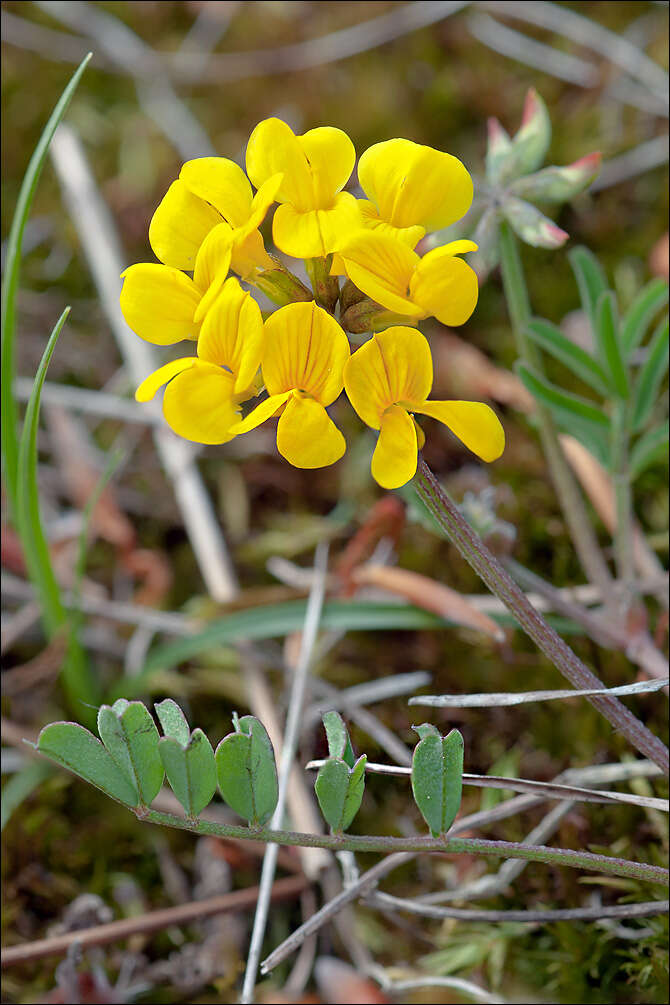
Hippocrepis comosa L.Horseshoe Vetch, DE: Hufeisenklee, StrauchkronwickeSlo.: navadna podkvicaDat.: May 9. 2016Lat.: 46.36075 Long.: 13.70207Code: Bot_955/2016_DSC1995Habitat: alpine pasture, modestly southeast inclined mountain slope; calcareous, skeletal ground; open, dry place, full sun, exposed to direct rain, average precipitations ~ 3.000 mm/year, average temperature 7-9 deg C, elevation 610 m (2.000 feet), alpine phytogeographical region. Substratum: shallow soil, among low grasses and mosses, also on nearly barren ground.Place: Lower Trenta valley, between villages Soa and Trenta, 'Na Melu' place, near Trenta 2b cottage, right bank of river Soa, East Julian Alps, Posoje, Slovenia EC.Comment: Hippocrepis comosa is a common plant and distributed all over the Europe. It grows in all regions of the Alps and in all other European mountains from lowland to subalpine elevations. The plant is small and of low growth and its beauty is seldom admired in spite of its colorful flowers. Hippocrepis comosa is often confused with another common plant - Coronilla vaginalis. Both plants have very similar habitus and flowers, often grow together and both are variable. Distinguishing them with certainty requires some attention. One has to observe the following small detail. This is a pair of small leaf-like structures, which grow from the main stem of the plant at the points where petioles (leaves stalks) are attached to it (see picture 7). They are very small with Hippocrepis comosa, while with Coronilla vaginalis they are much larger, almost as large as a leaflet of the pinnate leaves. They are fused together, so they form a kind of vagina.Ref.:(1) M.A. Fischer, W. Adler, K. Oswald, Exkursionsflora fr sterreich, Liechtenstein und Sdtirol, LO Landesmuseen, Linz, Austria (2005), p 580.(2) A. Martini et all., Mala Flora Slovenije (Flora of Slovenia - Key) (in Slovenian), Tehnina Zaloba Slovenije (2007), p 316. (3) D. Aeschimann, K. Lauber, D.M. Moser, J.P. Theurillat, Flora Alpina, Vol. 1., Haupt (2004), p 950.(4) K. Lauber and G. Wagner, Flora Helvetica, 5. Auflage, Haupt (2012), p 627.
-
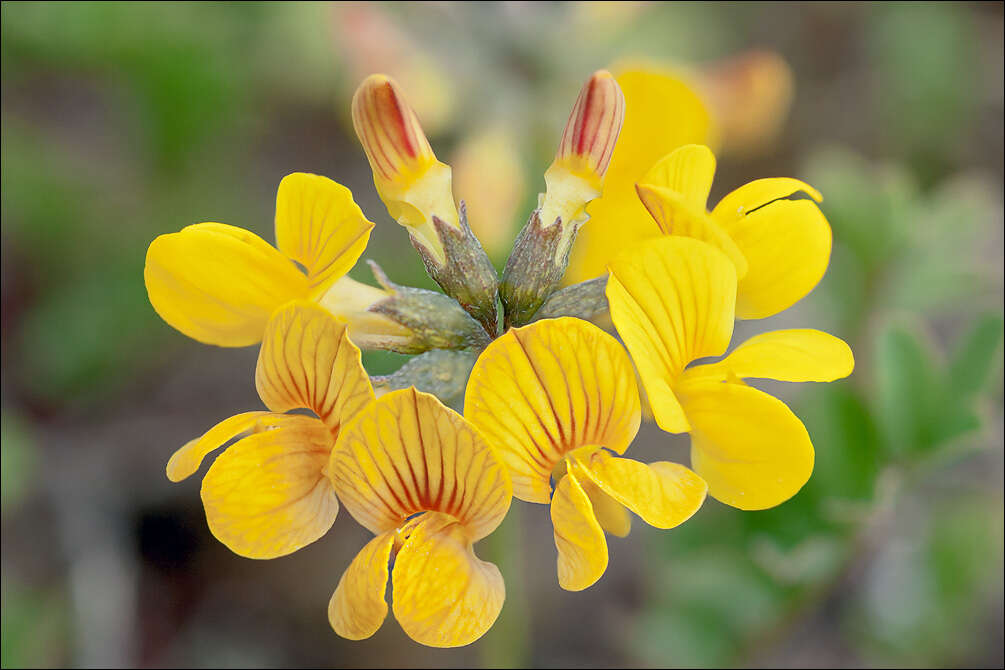
Hippocrepis comosa L.Horseshoe Vetch, DE: Hufeisenklee, StrauchkronwickeSlo.: navadna podkvicaDat.: May 9. 2016Lat.: 46.36075 Long.: 13.70207Code: Bot_955/2016_DSC1995Habitat: alpine pasture, modestly southeast inclined mountain slope; calcareous, skeletal ground; open, dry place, full sun, exposed to direct rain, average precipitations ~ 3.000 mm/year, average temperature 7-9 deg C, elevation 610 m (2.000 feet), alpine phytogeographical region. Substratum: shallow soil, among low grasses and mosses, also on nearly barren ground.Place: Lower Trenta valley, between villages Soa and Trenta, 'Na Melu' place, near Trenta 2b cottage, right bank of river Soa, East Julian Alps, Posoje, Slovenia EC.Comment: Hippocrepis comosa is a common plant and distributed all over the Europe. It grows in all regions of the Alps and in all other European mountains from lowland to subalpine elevations. The plant is small and of low growth and its beauty is seldom admired in spite of its colorful flowers. Hippocrepis comosa is often confused with another common plant - Coronilla vaginalis. Both plants have very similar habitus and flowers, often grow together and both are variable. Distinguishing them with certainty requires some attention. One has to observe the following small detail. This is a pair of small leaf-like structures, which grow from the main stem of the plant at the points where petioles (leaves stalks) are attached to it (see picture 7). They are very small with Hippocrepis comosa, while with Coronilla vaginalis they are much larger, almost as large as a leaflet of the pinnate leaves. They are fused together, so they form a kind of vagina.Ref.:(1) M.A. Fischer, W. Adler, K. Oswald, Exkursionsflora fr sterreich, Liechtenstein und Sdtirol, LO Landesmuseen, Linz, Austria (2005), p 580.(2) A. Martini et all., Mala Flora Slovenije (Flora of Slovenia - Key) (in Slovenian), Tehnina Zaloba Slovenije (2007), p 316. (3) D. Aeschimann, K. Lauber, D.M. Moser, J.P. Theurillat, Flora Alpina, Vol. 1., Haupt (2004), p 950.(4) K. Lauber and G. Wagner, Flora Helvetica, 5. Auflage, Haupt (2012), p 627.
-
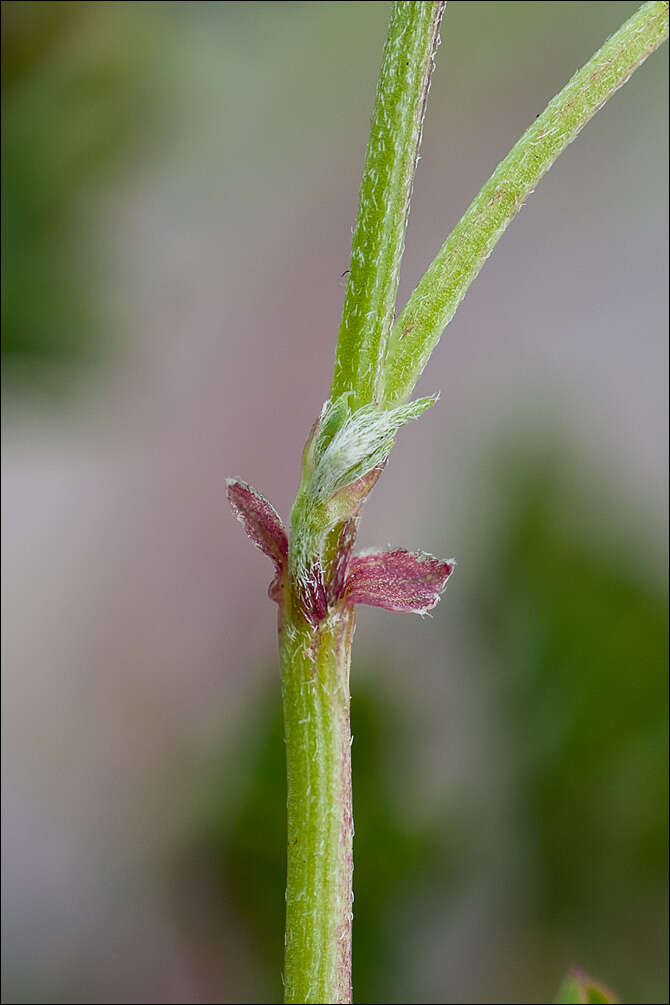
Hippocrepis comosa L.Horseshoe Vetch, DE: Hufeisenklee, StrauchkronwickeSlo.: navadna podkvicaDat.: May 9. 2016Lat.: 46.36075 Long.: 13.70207Code: Bot_955/2016_DSC1995Habitat: alpine pasture, modestly southeast inclined mountain slope; calcareous, skeletal ground; open, dry place, full sun, exposed to direct rain, average precipitations ~ 3.000 mm/year, average temperature 7-9 deg C, elevation 610 m (2.000 feet), alpine phytogeographical region. Substratum: shallow soil, among low grasses and mosses, also on nearly barren ground.Place: Lower Trenta valley, between villages Soa and Trenta, 'Na Melu' place, near Trenta 2b cottage, right bank of river Soa, East Julian Alps, Posoje, Slovenia EC.Comment: Hippocrepis comosa is a common plant and distributed all over the Europe. It grows in all regions of the Alps and in all other European mountains from lowland to subalpine elevations. The plant is small and of low growth and its beauty is seldom admired in spite of its colorful flowers. Hippocrepis comosa is often confused with another common plant - Coronilla vaginalis. Both plants have very similar habitus and flowers, often grow together and both are variable. Distinguishing them with certainty requires some attention. One has to observe the following small detail. This is a pair of small leaf-like structures, which grow from the main stem of the plant at the points where petioles (leaves stalks) are attached to it (see picture 7). They are very small with Hippocrepis comosa, while with Coronilla vaginalis they are much larger, almost as large as a leaflet of the pinnate leaves. They are fused together, so they form a kind of vagina.Ref.:(1) M.A. Fischer, W. Adler, K. Oswald, Exkursionsflora fr sterreich, Liechtenstein und Sdtirol, LO Landesmuseen, Linz, Austria (2005), p 580.(2) A. Martini et all., Mala Flora Slovenije (Flora of Slovenia - Key) (in Slovenian), Tehnina Zaloba Slovenije (2007), p 316. (3) D. Aeschimann, K. Lauber, D.M. Moser, J.P. Theurillat, Flora Alpina, Vol. 1., Haupt (2004), p 950.(4) K. Lauber and G. Wagner, Flora Helvetica, 5. Auflage, Haupt (2012), p 627.
-
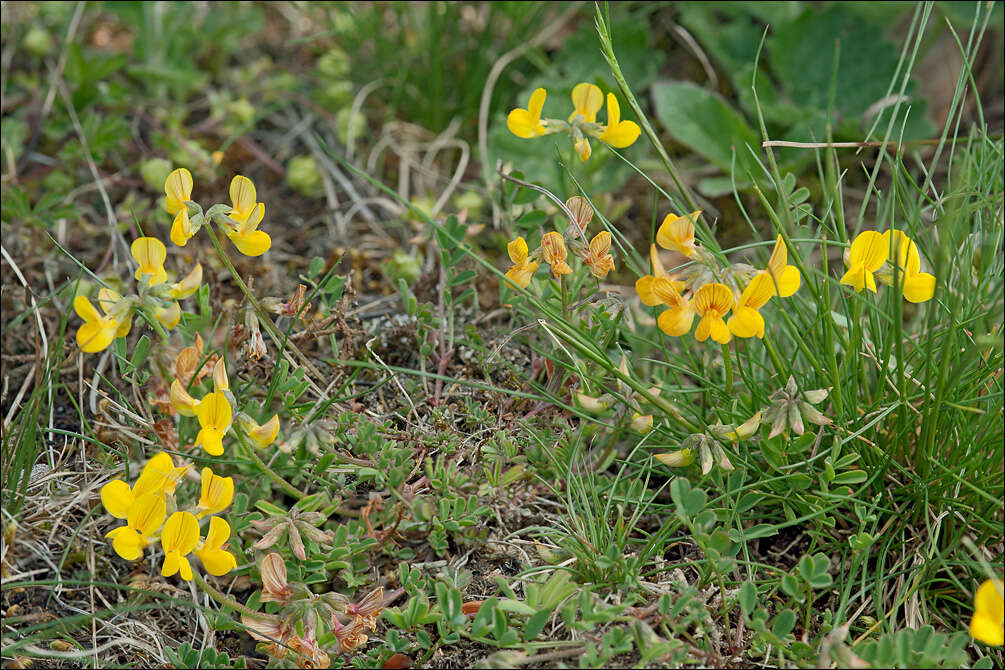
Hippocrepis comosa L.Horseshoe Vetch, DE: Hufeisenklee, StrauchkronwickeSlo.: navadna podkvicaDat.: May 9. 2016Lat.: 46.36075 Long.: 13.70207Code: Bot_955/2016_DSC1995Habitat: alpine pasture, modestly southeast inclined mountain slope; calcareous, skeletal ground; open, dry place, full sun, exposed to direct rain, average precipitations ~ 3.000 mm/year, average temperature 7-9 deg C, elevation 610 m (2.000 feet), alpine phytogeographical region. Substratum: shallow soil, among low grasses and mosses, also on nearly barren ground.Place: Lower Trenta valley, between villages Soa and Trenta, 'Na Melu' place, near Trenta 2b cottage, right bank of river Soa, East Julian Alps, Posoje, Slovenia EC.Comment: Hippocrepis comosa is a common plant and distributed all over the Europe. It grows in all regions of the Alps and in all other European mountains from lowland to subalpine elevations. The plant is small and of low growth and its beauty is seldom admired in spite of its colorful flowers. Hippocrepis comosa is often confused with another common plant - Coronilla vaginalis. Both plants have very similar habitus and flowers, often grow together and both are variable. Distinguishing them with certainty requires some attention. One has to observe the following small detail. This is a pair of small leaf-like structures, which grow from the main stem of the plant at the points where petioles (leaves stalks) are attached to it (see picture 7). They are very small with Hippocrepis comosa, while with Coronilla vaginalis they are much larger, almost as large as a leaflet of the pinnate leaves. They are fused together, so they form a kind of vagina.Ref.:(1) M.A. Fischer, W. Adler, K. Oswald, Exkursionsflora fr sterreich, Liechtenstein und Sdtirol, LO Landesmuseen, Linz, Austria (2005), p 580.(2) A. Martini et all., Mala Flora Slovenije (Flora of Slovenia - Key) (in Slovenian), Tehnina Zaloba Slovenije (2007), p 316. (3) D. Aeschimann, K. Lauber, D.M. Moser, J.P. Theurillat, Flora Alpina, Vol. 1., Haupt (2004), p 950.(4) K. Lauber and G. Wagner, Flora Helvetica, 5. Auflage, Haupt (2012), p 627.
-
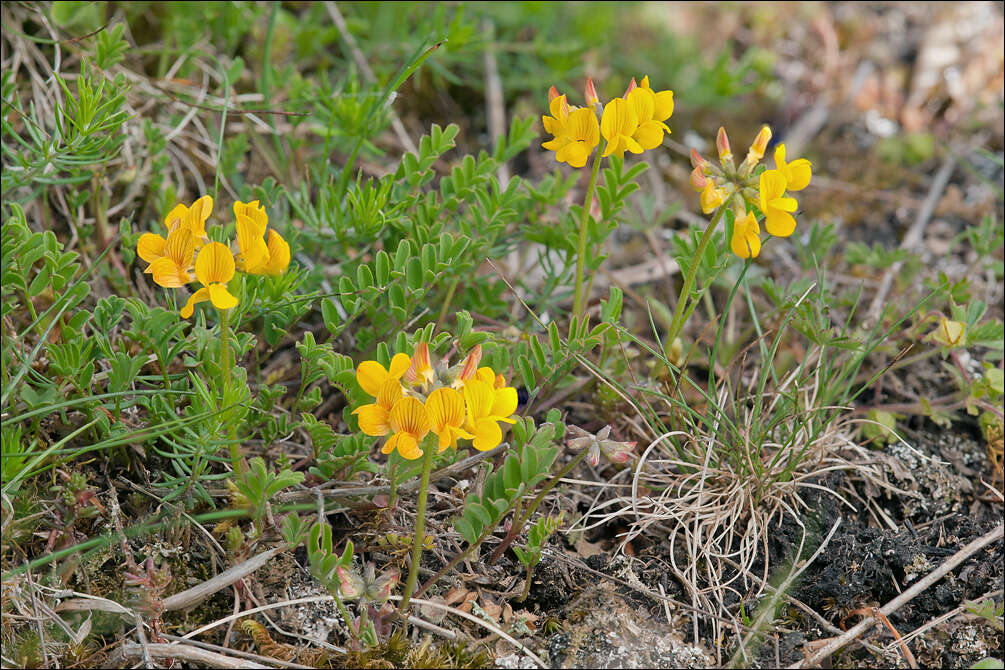
Hippocrepis comosa L.Horseshoe Vetch, DE: Hufeisenklee, StrauchkronwickeSlo.: navadna podkvicaDat.: May 9. 2016Lat.: 46.36075 Long.: 13.70207Code: Bot_955/2016_DSC1995Habitat: alpine pasture, modestly southeast inclined mountain slope; calcareous, skeletal ground; open, dry place, full sun, exposed to direct rain, average precipitations ~ 3.000 mm/year, average temperature 7-9 deg C, elevation 610 m (2.000 feet), alpine phytogeographical region. Substratum: shallow soil, among low grasses and mosses, also on nearly barren ground.Place: Lower Trenta valley, between villages Soa and Trenta, 'Na Melu' place, near Trenta 2b cottage, right bank of river Soa, East Julian Alps, Posoje, Slovenia EC.Comment: Hippocrepis comosa is a common plant and distributed all over the Europe. It grows in all regions of the Alps and in all other European mountains from lowland to subalpine elevations. The plant is small and of low growth and its beauty is seldom admired in spite of its colorful flowers. Hippocrepis comosa is often confused with another common plant - Coronilla vaginalis. Both plants have very similar habitus and flowers, often grow together and both are variable. Distinguishing them with certainty requires some attention. One has to observe the following small detail. This is a pair of small leaf-like structures, which grow from the main stem of the plant at the points where petioles (leaves stalks) are attached to it (see picture 7). They are very small with Hippocrepis comosa, while with Coronilla vaginalis they are much larger, almost as large as a leaflet of the pinnate leaves. They are fused together, so they form a kind of vagina.Ref.:(1) M.A. Fischer, W. Adler, K. Oswald, Exkursionsflora fr sterreich, Liechtenstein und Sdtirol, LO Landesmuseen, Linz, Austria (2005), p 580.(2) A. Martini et all., Mala Flora Slovenije (Flora of Slovenia - Key) (in Slovenian), Tehnina Zaloba Slovenije (2007), p 316. (3) D. Aeschimann, K. Lauber, D.M. Moser, J.P. Theurillat, Flora Alpina, Vol. 1., Haupt (2004), p 950.(4) K. Lauber and G. Wagner, Flora Helvetica, 5. Auflage, Haupt (2012), p 627.
-
Hb. FH 20XX/YYY - Herbarium Falkner Hermann (20XX/No YYY) (DIN AX)leg.: Falkner Hermann, 20XX-YY-ZZ: Niedersterreich, Bezirk XYZ - LOCATION: 180 msm Quadrant 7964/4.det.: Falkner Hermann, nach Fischer & al., Exkursionsflora A/FL/SdT (2008 3. A.)Dt: NAME; English: NAMESynonyme: NAMENLower Austria, district Neunkirchen (Alpine meadow, 1140 msm Quadrant 8261/3).
-
Doulcon, Lorraine, France
-
Mittelberg, Vorarlberg, Austria

